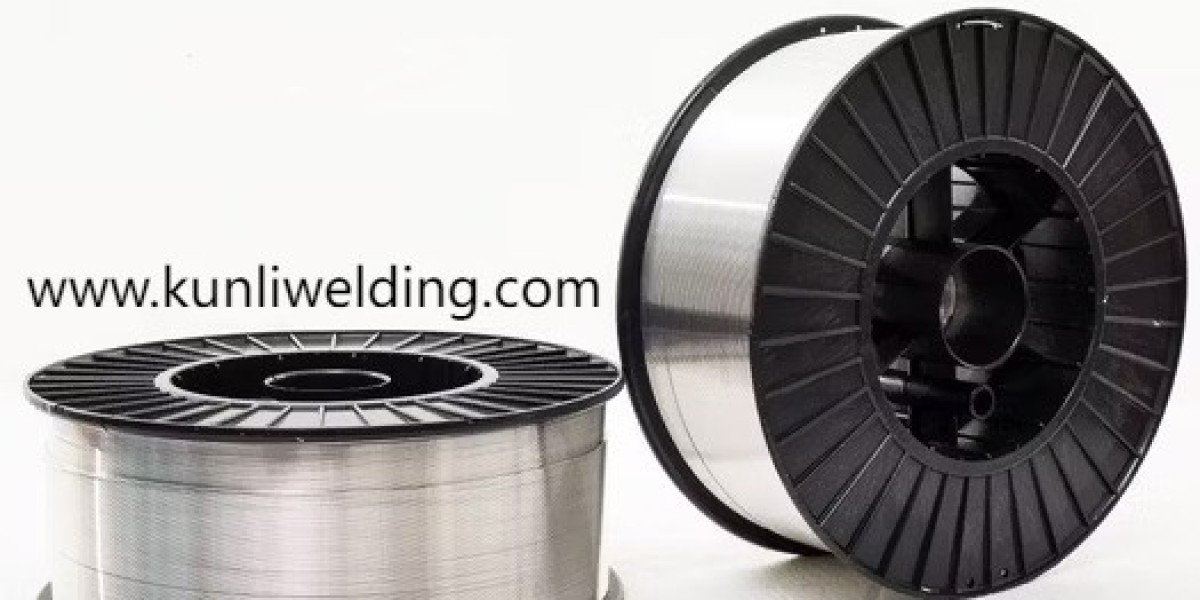On crowded fabrication floors where uptime and weld quality count, Aluminum Mig Wire Manufacturers often shoulder responsibility for how smoothly wire feeds through a gun. A spool that feeds reliably is one of those quiet enablers of productivity: it prevents torch stalls reduces rework and keeps operators safe. Understanding what manufacturers do to improve feeding gives fabricators practical leverage when they specify reels and handling routines.
A big part of feeding performance starts at the melt and drawing stages. Manufacturers control surface cleanliness and wire roundness during drawing so the wire tracks consistently in liners and through drive rolls. Even slight out of round geometry or surface film variations can cause chatter or slipping in the drive system. Producers who test roundness and who apply consistent surface finishes reduce surprises on the bench, which matters for teams running long welds or for robotic cells that cannot tolerate frequent stops.
Winding technique affects feed behavior more than many expect. A carefully wound spool eliminates cross layering and reduces the risk of bird nesting when the wire pays off. Manufacturers refine flange protection and spool plate design so reels hold their shape during transit and storage. When reels arrive with even winding and intact flanges, setup is faster and maintenance interventions drop. That is particularly relevant for contractors mobilizing crews to remote renewable projects where a broken spool means an expensive return trip.
Compatibility between wire, liner and drive roll matters in practice. Manufacturers will often recommend liner types and drive roll grooves tuned to each alloy and diameter to minimize slip and to avoid marking the wire. Matching these components reduces the force required for feeding and keeps the arc stable. Shops should view supplier guidance on liners and drive roll profiles as part of the product offering rather than optional technical notes.
Surface coatings and protective packaging also influence feedability. A reel that picks up oil or moisture during shipping can stick in a liner or change friction characteristics. Manufacturers address that risk with protective inner wraps prescribed unpacking procedures and advice on acclimation when reels move from cold transport to warm shop conditions. For teams working on coastal projects or in variable climates these handling practices reduce porosity and erratic transfer that otherwise show up during inspection.
Mechanical properties of the wire interact with feeder design. Softer alloys may deform in small bore liners while stiffer wires transmit more force to the drive motor. Some manufacturers offer alloys and temper options that improve feeding without changing weld chemistry, which helps when a plant wants to keep welding practice consistent while improving throughput. When feedability improvements are achieved without process trade offs the benefits pass directly to production.
Testing at scale is a hallmark of suppliers oriented to feed quality. Producers run feed tests across representative feeder geometries and report typical drive settings and acceptable feed windows. That information shortens qualification and reduces the time spent tuning. When suppliers supply trial reels that mirror the production packaging fabricators can validate settings on their actual guns before committing to larger orders.
Packaging and logistics are the final mile of performance. Reels need protection that matches the transport profile. Manufacturers who offer options for sealed reels small trial spools and reinforced flanges help procurement teams choose formats that match both shop and field needs. For high volume lines a larger reel may reduce changeover, while for mobile repair crews small compact spools reduce handling and fall risk at height.
Communication and post sale support complete the picture. Suppliers that provide handling checklists retained sample practices and responsive technical lines help teams chase down intermittent issues quickly. Traceability lets inspectors limit investigations to specific lots and keeps production moving elsewhere. In an era when supply chains and project timetables make every hour count, these service elements reduce hidden costs tied to downtime and rework.
As industries continue to pivot toward electrification and renewable energy deployments the demand for reliable, easy feeding wire will stay strong. Fabricators who ask prospective suppliers about winding technique feed testing liner recommendations and packaging options gain leverage to reduce feed faults on the gun and to speed qualification. A small validation plan that includes a trial reel feed test and recorded drive settings often returns significant operational benefits. For manufacturers and buyers interested in product options spooling formats and handling guidance visit the product page at https://bit.ly/3KdQcCH .








